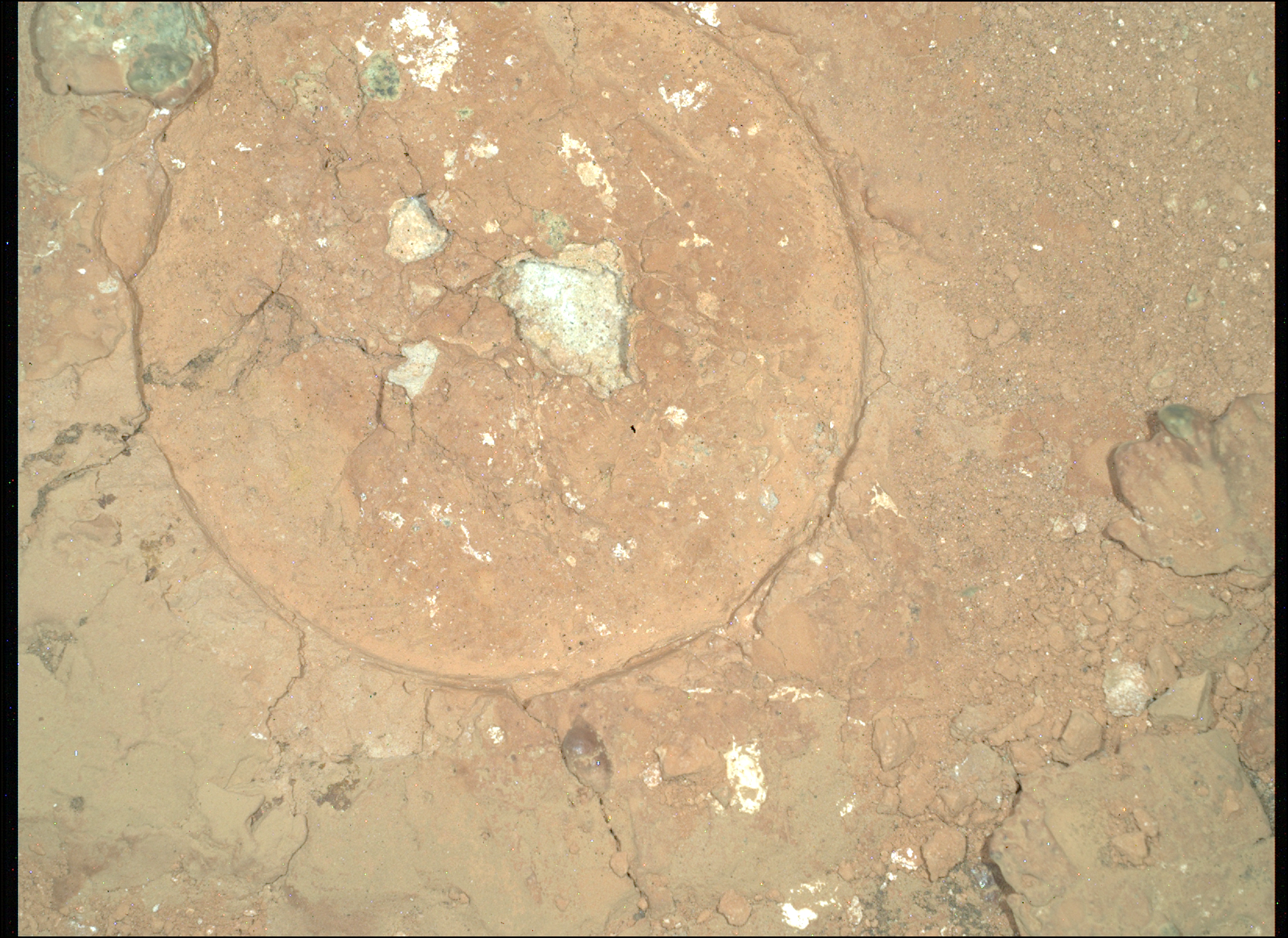Mars: Perseverance (Mars 2020) Perseverance Home Mission Overview Rover Components Mars Rock Samples Where is Perseverance? Ingenuity Mars Helicopter Mission Updates Science Overview Objectives Instruments Highlights Exploration Goals News and Features Multimedia Perseverance Raw Images Images Videos Audio More Resources Mars Missions Mars Sample Return Mars Perseverance Rover Mars Curiosity Rover MAVEN Mars Reconnaissance Orbiter Mars Odyssey More Mars Missions The Solar System The Sun Mercury Venus Earth The Moon Mars Jupiter Saturn Uranus Neptune Pluto & Dwarf Planets Asteroids, Comets & Meteors The Kuiper Belt The Oort Cloud 2 min read
Red Rocks with Green Spots at ‘Serpentine Rapids’ 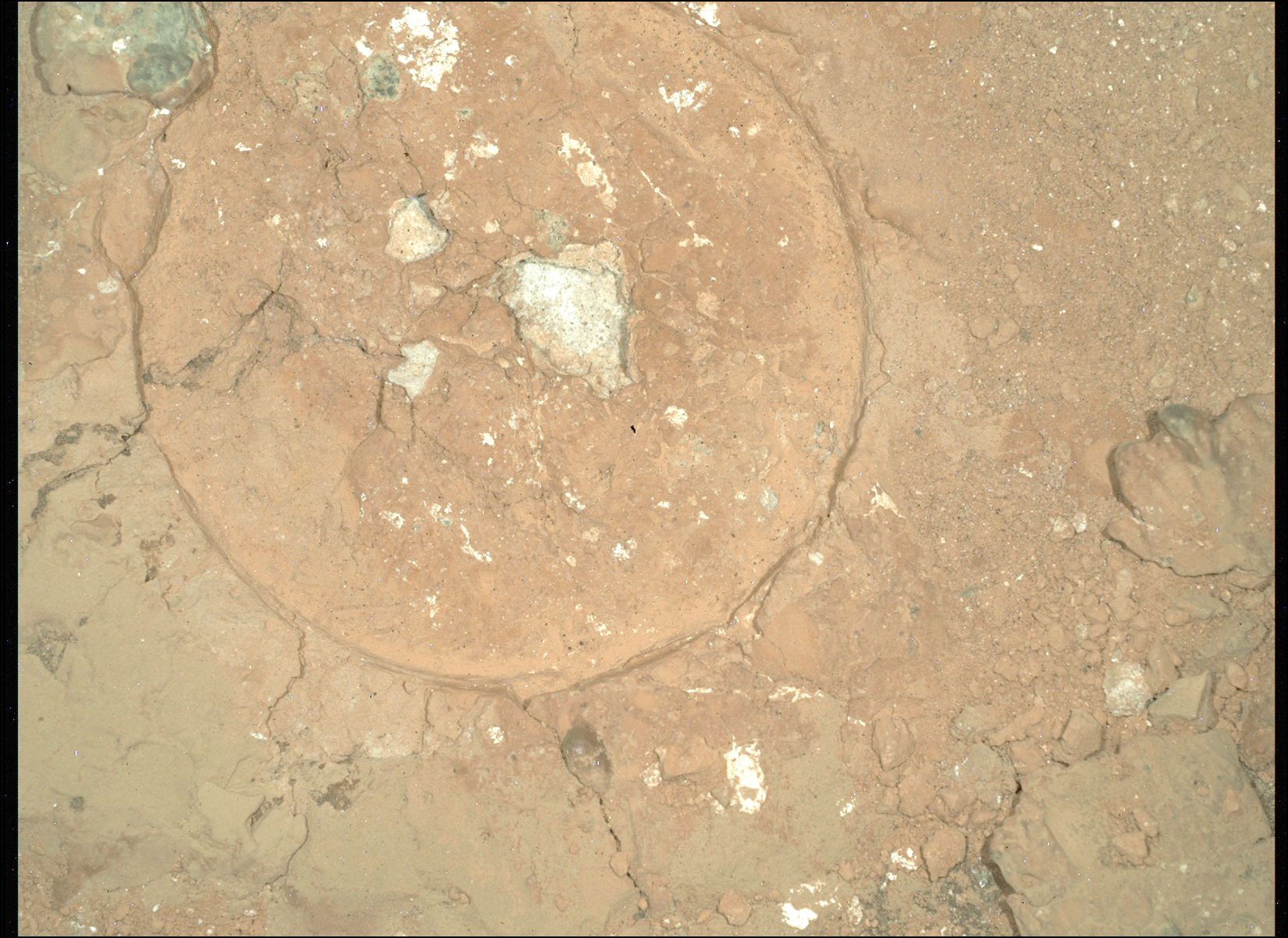 NASA’s Mars Perseverance rover acquired this image, a nighttime mosaic of the Malgosa Crest abrasion patch at “Serpentine Rapids,” using its SHERLOC WATSON camera, located on the turret at the end of the rover’s robotic arm. The diameter of the abrasion patch is 5 centimeters (about 2 inches) and the large green spot in the upper center left of the image is approximately 2 millimeters (about 0.08 inch) in diameter. Mosaic source images have been debayered, flat-fielded, and linearly color stretched. This image was acquired on Aug. 19, 2024 (sol 1243, or Martian day 1,243 of the Mars 2020 mission) at the local mean solar time of 19:45:30. NASA/JPL-Caltech After discovering and sampling the “leopard spots” of “Bright Angel,” it became apparent that Perseverance’s journey of discovery in this region was not yet finished. Approximately 20 sols (Martian days) after driving south across Neretva Vallis from Bright Angel, the rover discovered the enigmatic and unique red rocks of “Serpentine Rapids.”
NASA’s Mars Perseverance rover acquired this image, a nighttime mosaic of the Malgosa Crest abrasion patch at “Serpentine Rapids,” using its SHERLOC WATSON camera, located on the turret at the end of the rover’s robotic arm. The diameter of the abrasion patch is 5 centimeters (about 2 inches) and the large green spot in the upper center left of the image is approximately 2 millimeters (about 0.08 inch) in diameter. Mosaic source images have been debayered, flat-fielded, and linearly color stretched. This image was acquired on Aug. 19, 2024 (sol 1243, or Martian day 1,243 of the Mars 2020 mission) at the local mean solar time of 19:45:30. NASA/JPL-Caltech After discovering and sampling the “leopard spots” of “Bright Angel,” it became apparent that Perseverance’s journey of discovery in this region was not yet finished. Approximately 20 sols (Martian days) after driving south across Neretva Vallis from Bright Angel, the rover discovered the enigmatic and unique red rocks of “Serpentine Rapids.”
At Serpentine Rapids, Perseverance used its abrading bit to create an abrasion patch in a red rock outcrop named “Wallace Butte.” The 5-cm diameter abrasion patch revealed a striking array of white, black, and green colors within the rock. One of the biggest surprises for the rover team was the presence of the drab-green-colored spots within the abrasion patch, which are composed of dark-toned cores with fuzzy, light green rims.
On Earth, red rocks — sometimes called “red beds” — generally get their color from oxidized iron (Fe3+), which is the same form of iron that makes our blood red, or the rusty red color of metal left outside. Green spots like those observed in the Wallace Butte abrasion are common in ancient “red beds” on Earth and form when liquid water percolates through the sediment before it hardens to rock, kicking off a chemical reaction that transforms oxidized iron to its reduced (Fe2+) form, resulting in a greenish hue. On Earth, microbes are sometimes involved in this iron reduction reaction. However, green spots can also result from decaying organic matter that creates localized reducing conditions. Interactions between sulfur and iron can also create iron-reducing conditions without the involvement of microbial life.
Unfortunately, there was not enough room to safely place the rover arm containing the SHERLOC and PIXL instruments directly atop one of the green spots within the abrasion patch, so their composition remains a mystery. However, the team is always on the lookout for similar interesting and unexpected features in the rocks.
The science and engineering teams are now dealing with incredibly steep terrain as Perseverance ascends the Jezero Crater rim. In the meantime, the Science Team is hanging on to the edge of their seats with excitement and wonder as Perseverance makes the steep climb out of the crater it has called home for the past two years. There is no shortage of wonder and excitement across the team as we contemplate what secrets the ancient rocks of the Jezero Crater rim may hold.
Written by Adrian Broz, Postdoctoral Scientist, Purdue University/University of Oregon
Details Last Updated Oct 25, 2024 Related Terms Blogs
Keep Exploring Discover More Topics From NASA Mars
Mars is the fourth planet from the Sun, and the seventh largest. It’s the only planet we know of inhabited…

Explore this collection of Mars images, videos, resources, PDFs, and toolkits. Discover valuable content designed to inform, educate, and inspire,…
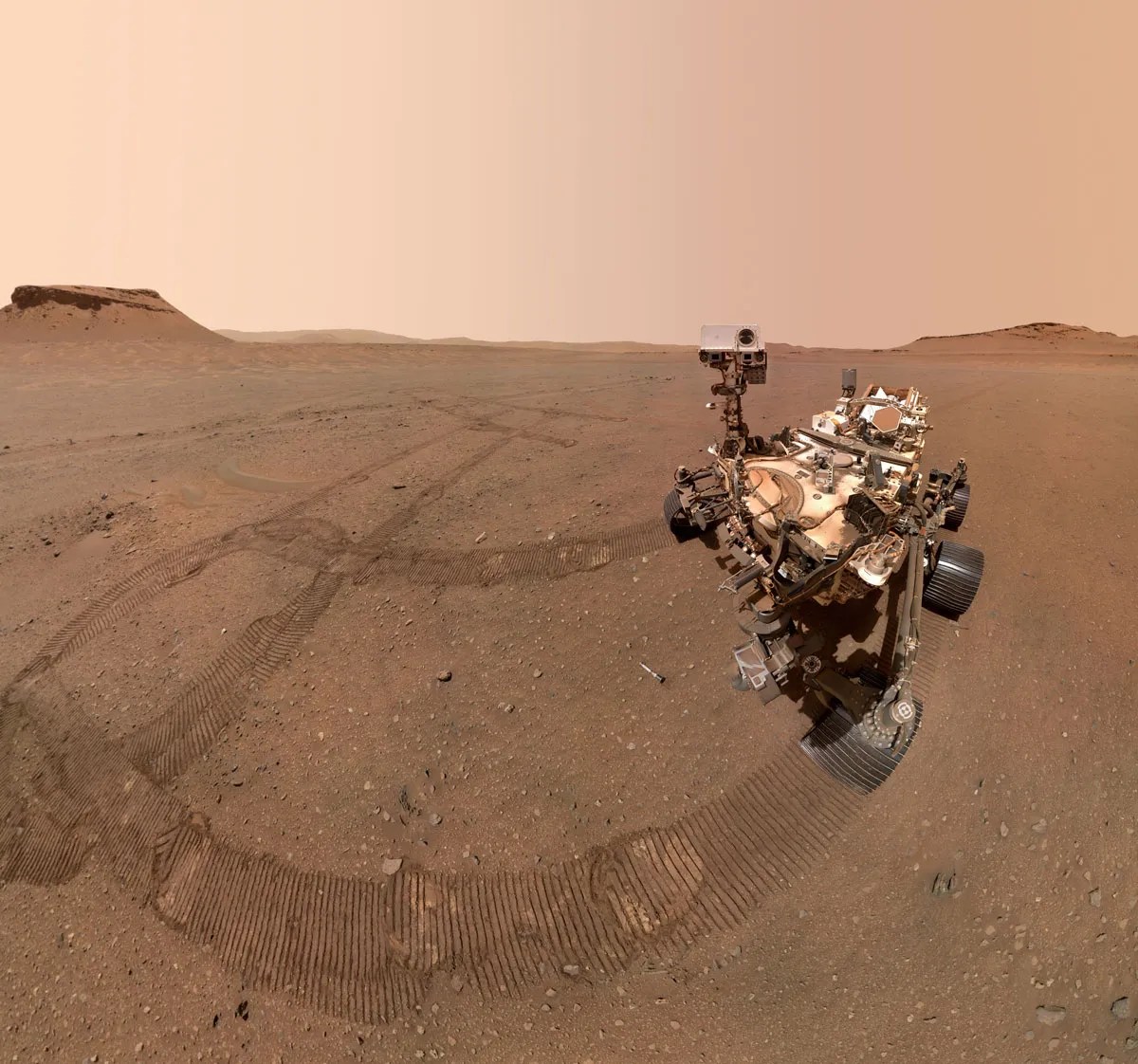
Each robotic explorer sent to the Red Planet has its own unique capabilities driven by science. Many attributes of a…
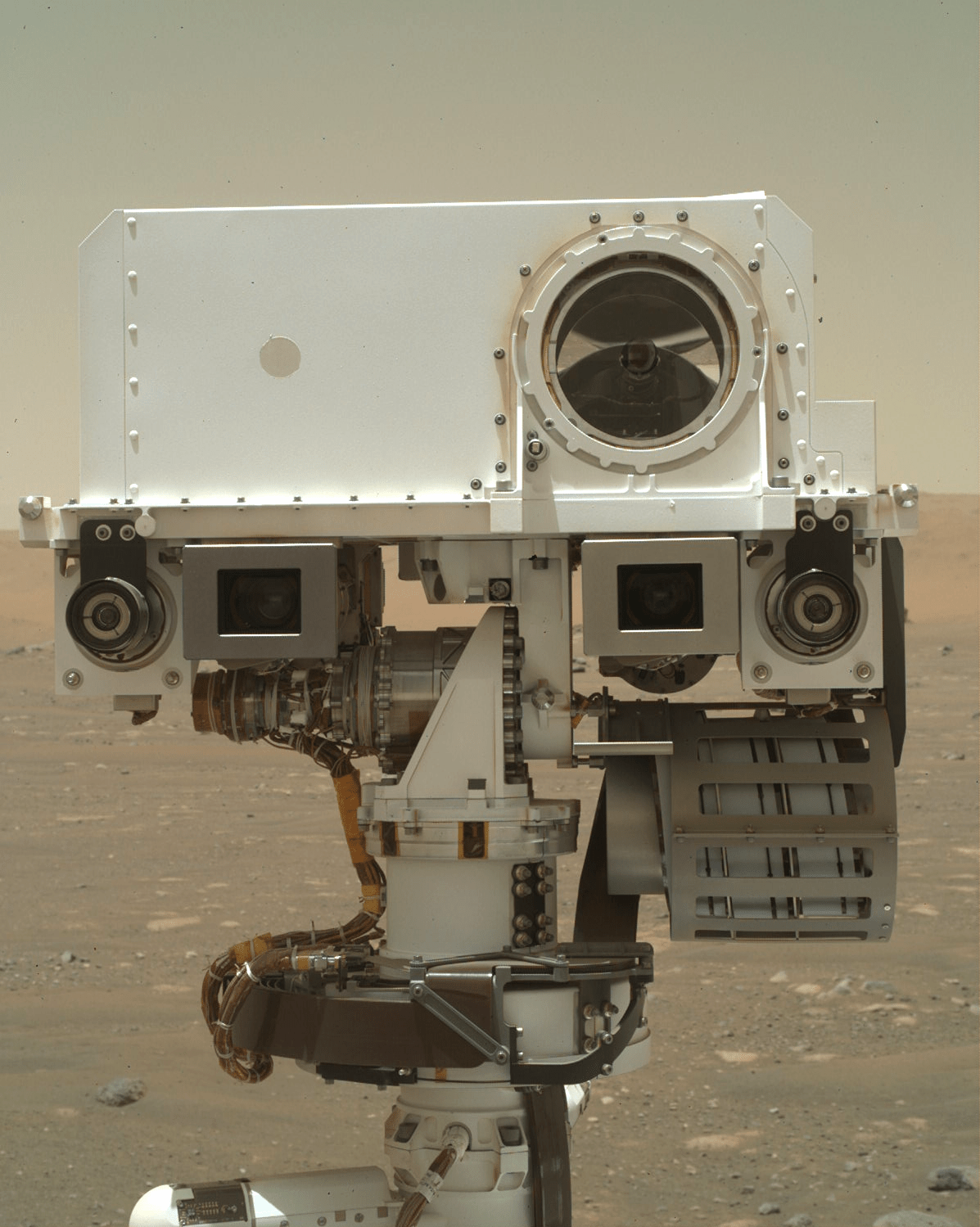
Mars Exploration: Science Goals
The key to understanding the past, present or future potential for life on Mars can be found in NASA’s four…
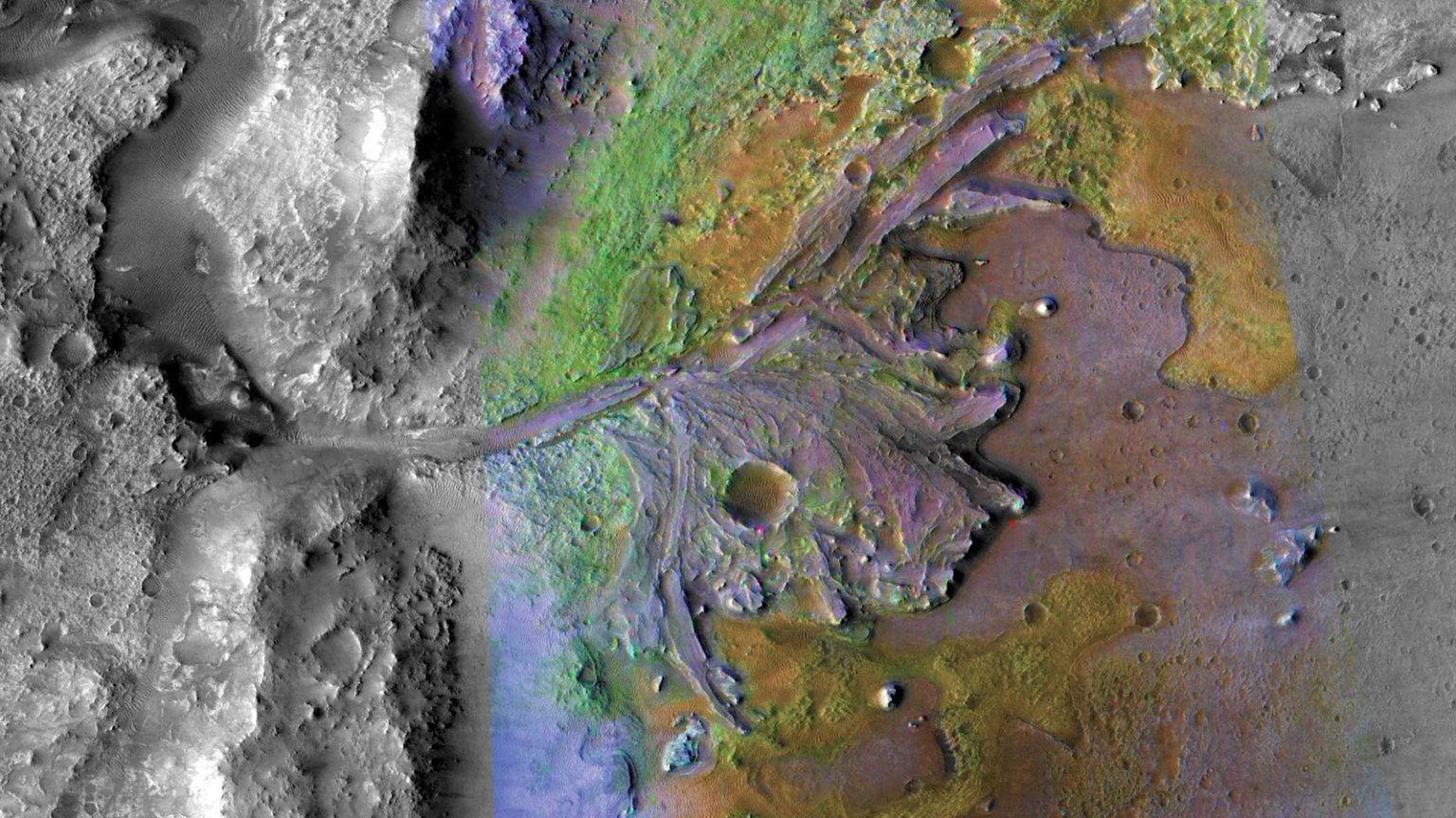

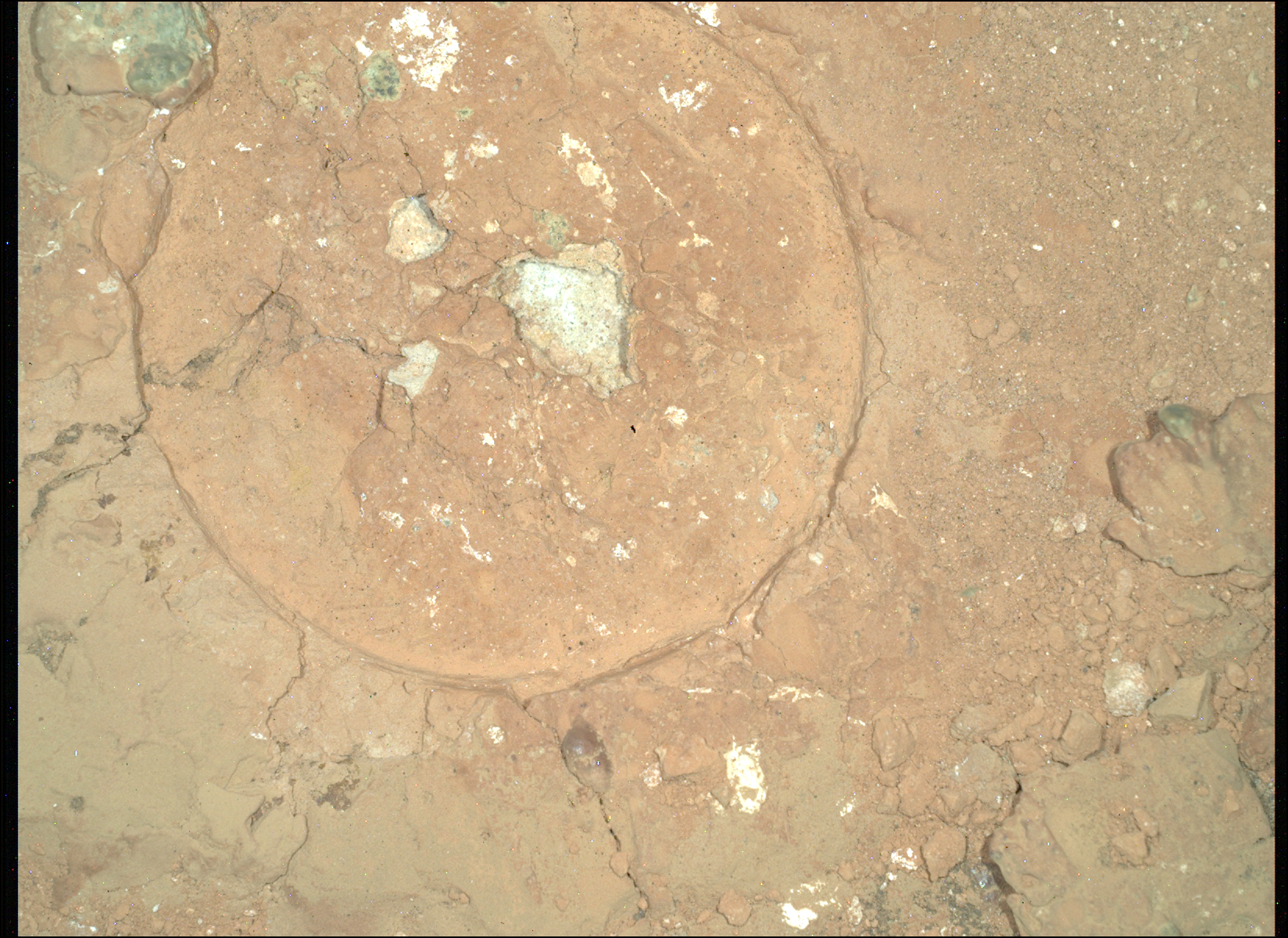
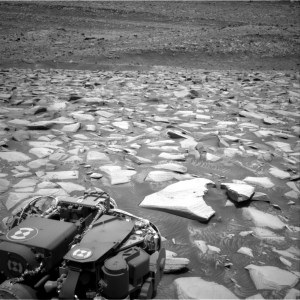 4 min read Sols 4343-4344: Late Slide, Late Changes
4 min read Sols 4343-4344: Late Slide, Late Changes
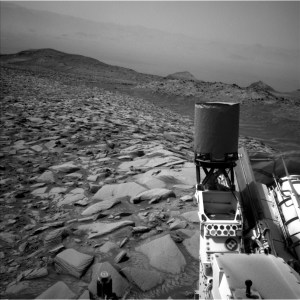 4 min read Sols 4341-4342: A Bumpy Road
4 min read Sols 4341-4342: A Bumpy Road
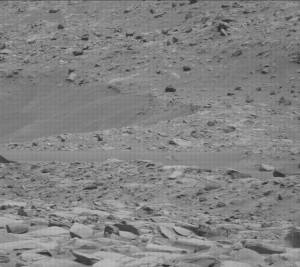 3 min read Sols 4338-4340: Decisions, Decisions
3 min read Sols 4338-4340: Decisions, Decisions
